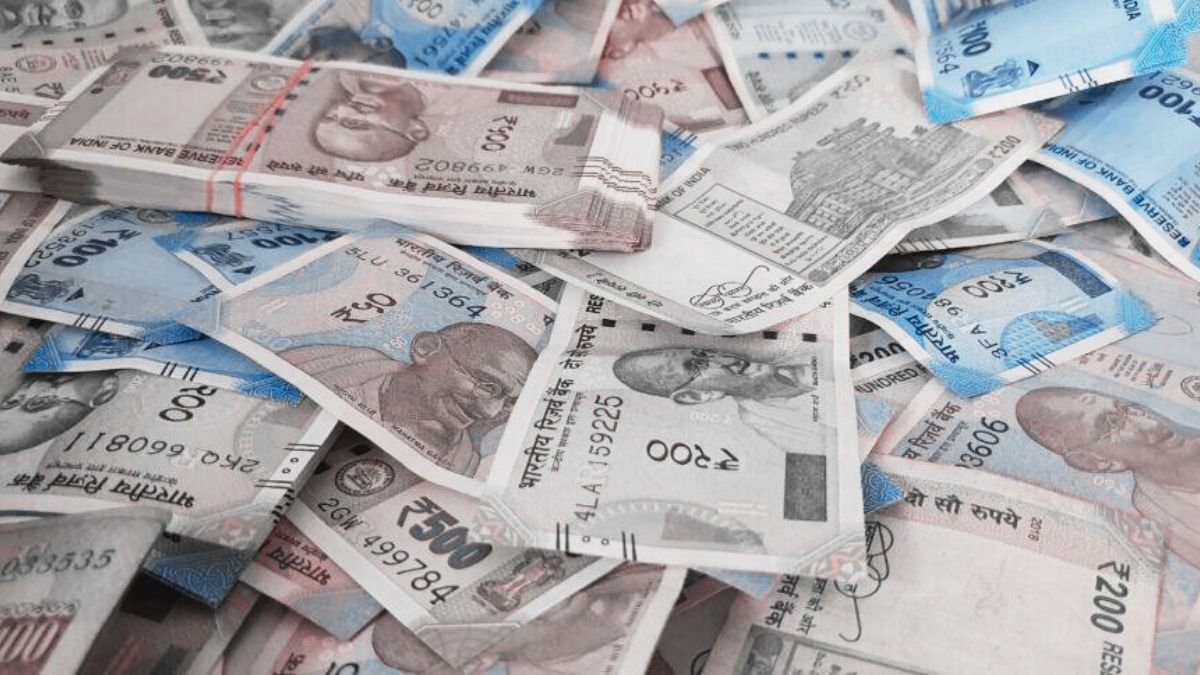Rupee Holds Firm as RBI Stands Pat on Rates Amid US Trade Friction.
India's central bank maintains a "neutral" stance and expresses confidence in the economic outlook, even as Washington threatens fresh tariffs.

In a sign of stability, the Indian rupee saw a slight increase to approximately 87.77 against the US dollar after the Reserve Bank of India (RBI) announced its decision to keep the key policy rate unchanged. This move, which was widely anticipated, sees the central bank maintaining a “neutral” monetary policy stance and follows a surprise 50 basis point rate cut in June.
RBI Governor Sanjay Malhotra acknowledged the ongoing challenges in global trade but affirmed that India’s economic outlook remains “bright.”
However, new trade headwinds are emerging from the United States. President Trump has vowed to impose higher tariffs on India within 24 hours, citing the nation’s purchase of “massive amounts of Russian oil” which he accused India of reselling on the open market for significant profits. The proposed tariff hikes are scheduled to begin on August 1.
Despite the escalating rhetoric, there are indications of a potential diplomatic off-ramp. Reports suggest that India may offer the United States a “zero tariffs” trade deal. Such an agreement could significantly de-escalate tensions and bolster sentiment surrounding the rupee.
On the domestic economic front, the RBI provided positive news by cutting its inflation forecast for the fiscal year 2025/26 to 3.1% from a previous estimate of 3.7%, keeping it comfortably within the target range of 2-6%. Meanwhile, the nation’s GDP growth projections were held steady at 6.5% for the current fiscal year and are projected to rise to 6.6% in the following year.






